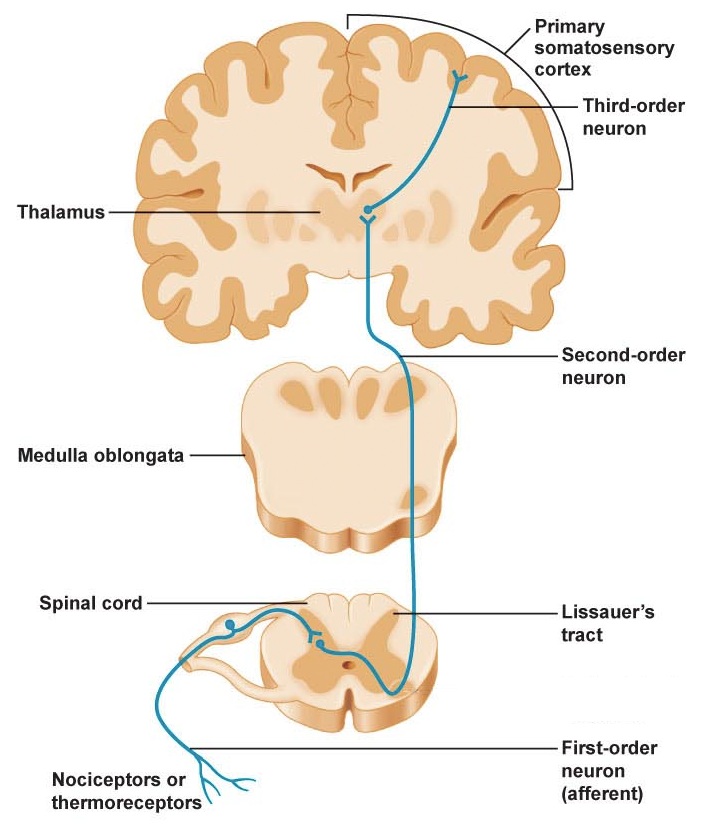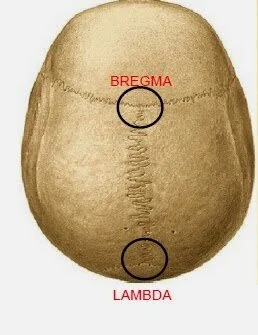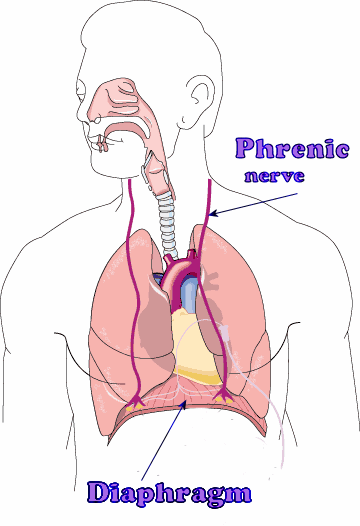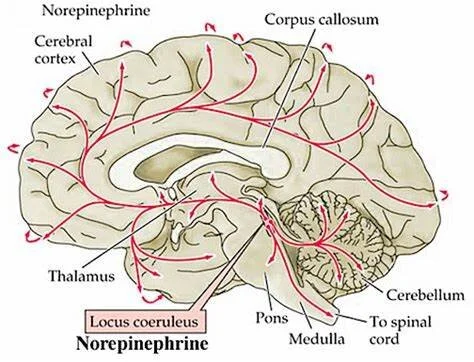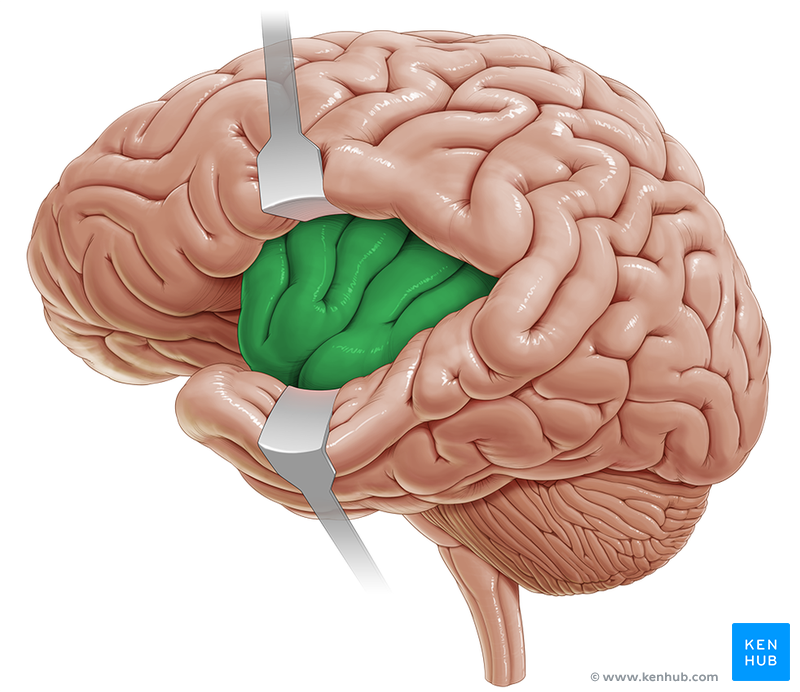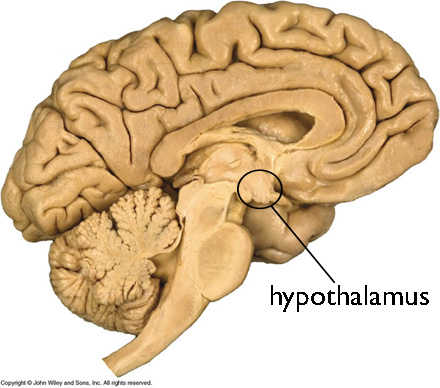Answer: The spinothalamic tract is comprised of two ascending pathways that convey touch information from the skin into the brain. They carry crude touch, pain, and temperature information.
Our skin is able to detect all varieties of tactile stimuli, including pressure, touch, temperature, and pain. For the brain to perceive these sensations, the information must be encoded into electrical signals by neurons, and these signals must be sent into the somatosensory cortex of the brain.
There are two major pathways by which tactile sensations ascend into the brain through the spinal cord.
One of the ascending tracts of information is called the dorsal column-medial lemniscus pathway. This tract carries fine touch, proprioception, vibration, and the ability to distinguish two points close to one another.
The other main pathway of ascending signals is called the spinothalamic tract, which is also called the anterolateral system. The spinothalamic tract carries crude touch, pain, heat, and cold sensation into the brain.
The spinothalamic tract is divided into two major branches.
The anterior spinothalamic tract consists of the secondary neurons of the somatosensory system that run upwards into the brain along the spinal cord. The primary neurons receive coarse touch and pressure information from the skin, and these neurons have their cell bodies in the dorsal root ganglion. They synapse onto secondary neurons found in the dorsal horn of the spinal cord. These secondary neurons, as they ascend into the brain, are called Abeta fibers. These pathways ascend a few levels before crossing over to the other hemisphere at the anterior white commissure, directly ventral to the gray matter in the medial area of the spinal cord.
The lateral spinothalamic tract also is made up of the secondary neurons of the somatosensory system. However, these neurons receive pain and temperature information from the nociceptive free nerve endings in the skin. These axons decussate immediately to the contralateral spinal cord. These information pathways ascend into the brain via Adelta and C fibers.
